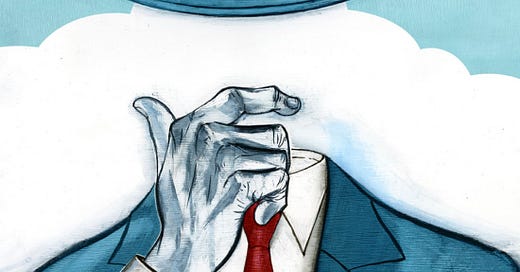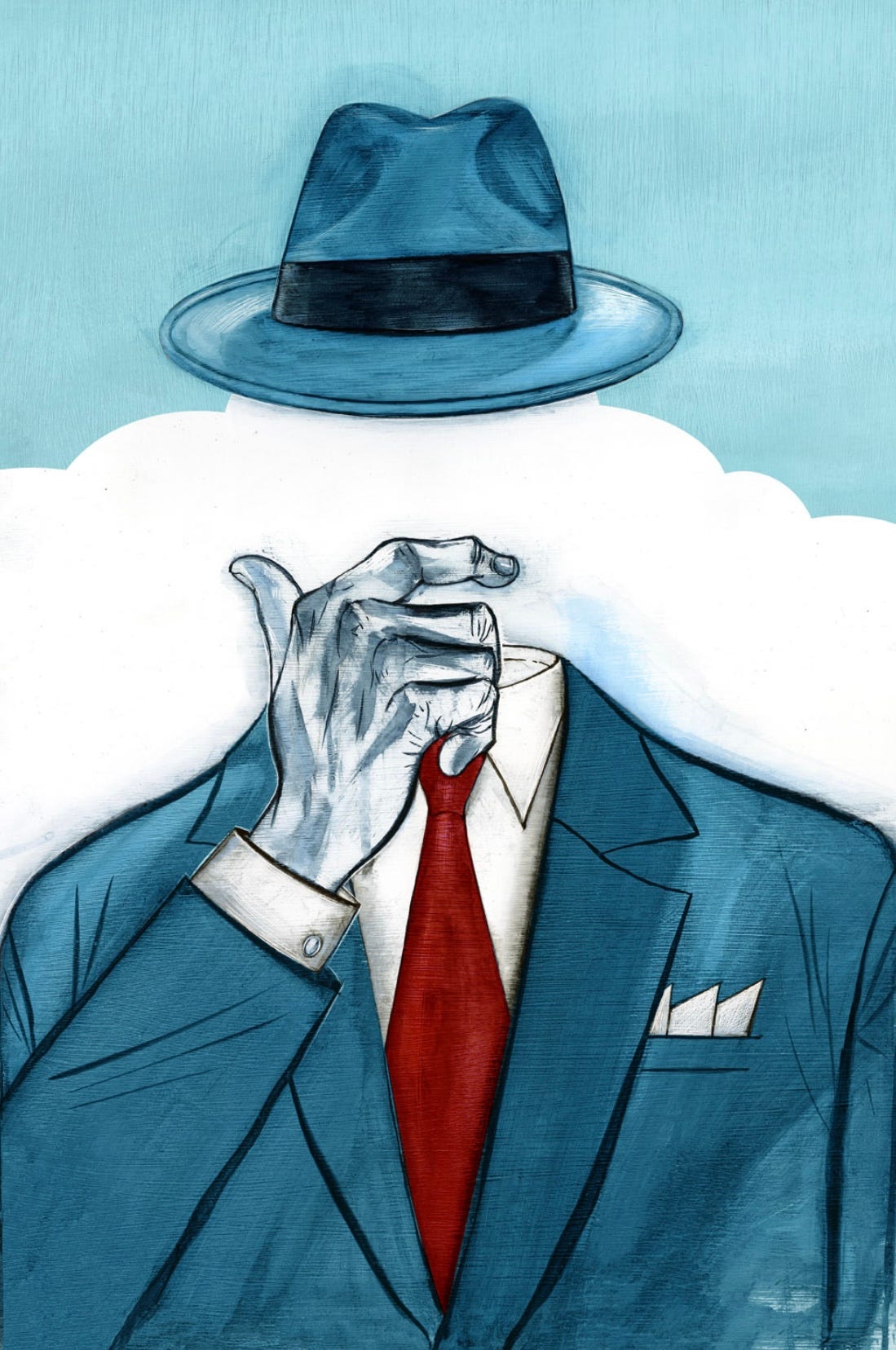I was supposed to be in one of those large organizations training courses this week about how to manage change. I couldn’t access the link, but was curious about the presentation and a colleague who did attend, shared the slide deck with me. The well meaning content is undermined by visuals pitched at a 10 year old, I was surprised that there wasn’t an image of a kitten hanging onto a rope —-Hang in There! There was the requisite dartboard—gotta hit that target, 2 cliffs joined by a bridge of the word change with a person about to walk across, a single green plant in a barren desert, and for some reason it ends with a picture of a lobster—had to ask about that one. The image had to do with the painful (the science behind pain in lobsters is not settled) molting of a lobster as it sheds its shell—-how change involves discomfort and growth.
In the conclusion to the presentation, how to build strength in times of change, one of the key aspects is to cultivate a growth mindset. The mindset theory by Carol Dweck has so many problems, starting with issues of replication, errors in the conclusions, and poor results, or rather no results when properly studied. If you have actually ever taught you know that students have different capabilities and can be supported and motivated in different ways. I have seen this since I first started teaching, a student’s strengths are misplaced by expectations of doing work they can’t do. This isn’t about quitting, it’s the opposite—-it’s about finding yourself rather than using some bad psych theory to bang your head against a wall. Having a positive attitude to problem solving is fine, and doing the hard work of iterative learning will really help. But there are some things some of us will not be able to handle no matter how sunny our attitude is.
The irony of this training was that I had just completed 7 weeks of intense change management with my colleagues in Illustration, as we looked at curriculum, policy, learning resources, workshops, and webinars. The collaboration and approach to content development was facilitated by online resources and databases. We developed tools that were honed by the unique perspective of each participant. No dartboards, cliffs, or lobsters were needed. Why are we so addicted to these online modules when a group of people meeting together can develop useful tools rather than the toothless platitudes of so much training.
There are so many theories that become accepted truths and ofcourse all of this noise is what the LLM’s are trained on. No doubt in the next few years there will be mandatory training powered by A.I. ‘helpers’ and good old growth mindset will be trotted out, because as A.I. is teaching us, there is nothing more durable than a bad idea.






